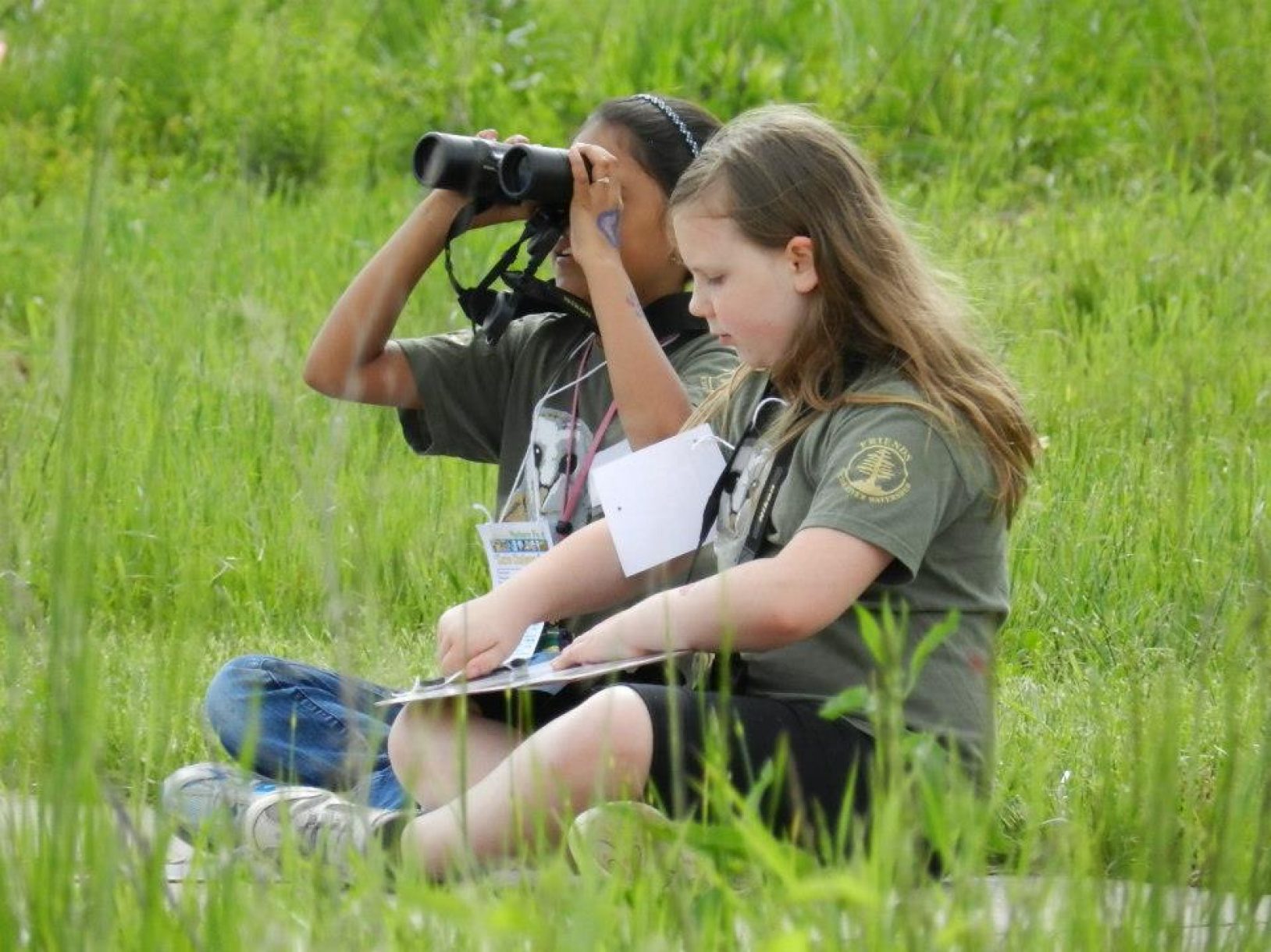Increasingly, there have been calls within the bird conservation community to integrate human dimensions (HD) research into conservation efforts to improve outcomes. However, you may be asking yourself, what exactly is human dimensions and why should bird conservation professionals care about it?
To start, human dimensions is a field of study that applies the social sciences to examine research questions that have implications for wildlife conservation efforts.
As many of us know, bird conservation fundamentally includes humans! Human decisions and behavior affects birds and their habitats; conversely, birds can increase the health and well-being of humans through recreation opportunities such as birding and by providing ecosystem services such as insect control. The most successful conservation actions are often those aligned with the values, well-being, and perspectives of people.
A new Human Dimensions Fact Sheet created by the NABCI Human Dimensions and Communication subcommittees further explains the what, why, and how behind the human dimensions of bird conservation. The fact sheet includes a definition of HD, reasons why HD information is crucial to conserving birds, and examples of bird conservation questions that human dimensions research can help answer. It ends with an example of how HD has been integrated successfully into a shorebird conservation effort in Nebraska.
We hope this document provides bird conservation professionals with a quick introduction to human dimensions or provides supervisory staff of bird conservation organizations with justification for inclusion of HD into bird conservation research and other efforts.
The next NABCI HD Subcommittee project is a story map to visually display stories where human dimensions was successfully integrated into bird conservation efforts. These stories were gathered from across the entire bird conservation community and can be used as models for why and how HD can be used to benefit bird conservation efforts. The story map is set to be released in February 2018.
Additional questions about human dimensions in general or how to integrate HD information into your conservation effort can be sent to Ashley Gramza (agramza@vt.edu), National Bird Conservation Social Science Coordinator (a position created to serve the entire bird conservation community).
Editor’s Note: The HD one-pager was created by a team of members from the NABCI HD Subcommittee consisting of Ashley Gramza, Ted Toombs, Andi Cooper, and Scott Anderson. Joel Jorgensen and Mary Bomberger Brown contributed material for the shorebird success story and Deb Reynolds and Matt Cimitile designed the final document layout. It was also reviewed by the NABCI HD subcommittee, Communication Subcommittee, and the National Bird Conservation Social Science Coordinator Advisory Team.

